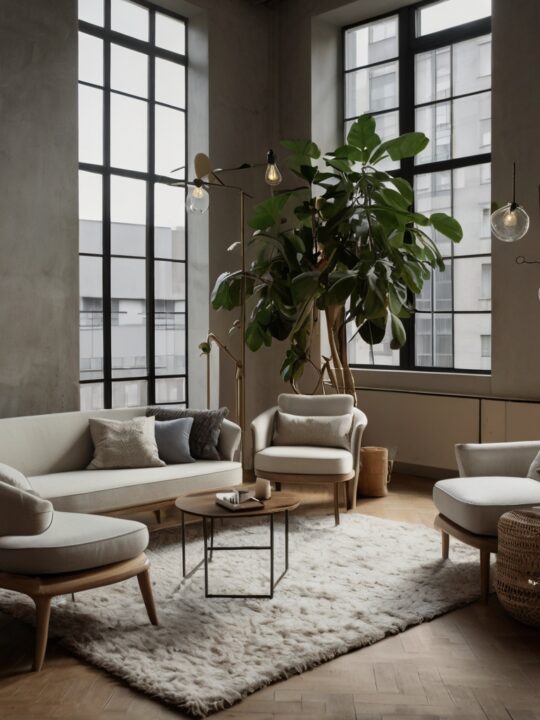 Ergonomics, a term often associated with workplace comfort, plays a crucial role in ensuring the well-being of professionals in various industries. In the world of beauty and esthetics, where practitioners spend significant hours attending to clients, the right seating can make all the difference. Estheticians in particular may suffer from posture-related issues due to the nature of their work, so this article examines ergonomic seating solutions specifically tailored for estheticians – such as lumbar support, cushioned seating, and tilt adjustable mechanisms – in promoting comfort and health for estheticians.
Ergonomics, a term often associated with workplace comfort, plays a crucial role in ensuring the well-being of professionals in various industries. In the world of beauty and esthetics, where practitioners spend significant hours attending to clients, the right seating can make all the difference. Estheticians in particular may suffer from posture-related issues due to the nature of their work, so this article examines ergonomic seating solutions specifically tailored for estheticians – such as lumbar support, cushioned seating, and tilt adjustable mechanisms – in promoting comfort and health for estheticians.
Table of Contents
Understanding Ergonomics
Before diving deeper into ergonomic seating for estheticians, it’s crucial to gain an understanding of ergonomics as an overall concept. Ergonomics refers to the science of designing workspaces, equipment and tools so as to fit individuals who use them – in this instance the user – in order to increase efficiency, reduce discomfort, and lower risks of musculoskeletal disorders.
The Impact of Ergonomics on Estheticians
Estheticians are no strangers to long hours spent attending to clients. Whether it’s administering facials, skincare treatments, or other beauty services, their work often involves prolonged periods of standing or sitting. Unfortunately, poor posture and inadequate seating can lead to back pain, discomfort, and even chronic health issues.
Estheticians often find themselves bending over treatment tables, focusing intently on the precise application of products and techniques. Over time, this can result in strained back muscles and discomfort in the lower back. The ergonomic design of chairs specifically crafted for estheticians aims to address these concerns and offer practical solutions.
The Role of Lumbar Support
One of the key elements of ergonomic seating for estheticians is effective lumbar support. The lumbar region, or lower back, is particularly susceptible to strain when seated for extended periods. Proper lumbar support in an esthetician chair can significantly alleviate this strain, reducing the risk of lower back pain.
High-quality esthetician chairs feature contoured backrests designed to support the natural curvature of the spine. This design ensures that estheticians maintain a healthy and comfortable posture throughout their sessions. With lumbar support, practitioners can focus on delivering exceptional beauty treatments without being distracted by discomfort.
Seat Cushioning and Comfort
In addition to lumbar support, the cushioning of the seat itself is a critical consideration. Estheticians need chairs with well-padded seats to ensure client comfort during extended treatment sessions. An adequately cushioned seat not only enhances the client’s experience but also reduces pressure on the esthetician’s legs and lower body.
The choice of cushioning material also matters. Memory foam and high-density padding are common features in ergonomic esthetician chairs. These materials provide the necessary support while conforming to the esthetician’s body shape. The result is a chair that promotes comfort and minimizes the risk of discomfort or pain, even during extended work hours.
Seat Tilt Adjustment
Another feature that contributes to ergonomic seating is seat tilt adjustment. Esthetician chairs with this functionality allow practitioners to adjust the seat angle to promote proper posture. By tilting the seat slightly forward, it becomes easier to maintain a natural spinal curve, reducing strain on the lower back.
Seat tilt adjustment is a valuable feature, especially during treatments that require leaning forward or adjusting the chair’s position frequently. Estheticians can customize the chair’s angle to suit their specific needs, ensuring a comfortable and ergonomic workspace.
Choosing the Right Esthetician Chair
When searching for the ideal esthetician chair, consider the following tips:
- Chair Height: Ensure that the chair’s height is adjustable to accommodate various treatment positions comfortably.
- Backrest Shape: Look for chairs with backrests that support the natural curvature of the spine.
- Adjustability: Prioritize chairs with multiple adjustment options, including lumbar height and seat tilt.
- Material: Check the quality and durability of the chair’s upholstery and padding.
- Client Experience: Remember that client comfort is equally important, so choose a chair that provides a comfortable experience for both the esthetician and the client.
Real-World Benefits
To understand the real-world benefits of ergonomic seating, it’s helpful to hear from estheticians who have experienced the positive effects firsthand. Many practitioners have reported reduced fatigue, improved focus, and a decreased risk of chronic pain after switching to ergonomic chairs.
Final Words
Ergonomic seating is not merely a luxury but a necessity for estheticians in the beauty industry. The right chair, with features such as lumbar support, seat cushioning, and seat tilt adjustment, can significantly enhance the well-being of estheticians and their clients. Prioritizing ergonomics in the workplace contributes to a healthier and more comfortable environment, ensuring that estheticians can continue to provide exceptional beauty services without compromising their health.







